What is Mechanical Coupling?
A mechanical coupling connects the driver and driven shafts and transfers torque between them. Coupling is a very important element in connecting two shafts because it reduces the impact of misalignment between shafts.
For example, Shaft from the engine and rear axle and connected using a universal joint and universal joint is a type of coupling. In this article, we will cover various types of coupling and their applications.
We suggest you also read this article on various types of pipe coupling.

Applications of Mechanical Coupling
Why are mechanical couplings used? Can’t we weld two shafts or use a gearbox instead? The answer to this question is “NO”. Couplings have their advantages and limitations. Gears or Welded joints can not replace mechanical couplings. Mechanical Coupling can have the following applications:
1. Transmits Power
A mechanical coupling connects the driver and driven shaft. In this way, they work as a joint between the driver and driven shaft to transfer power.
2. Protection Against Overloading
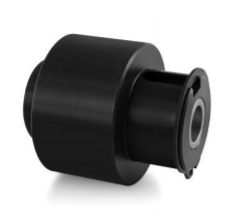
Overload safety mechanical coupling limits the transfer of torque from one shaft to another. In this way, they protect the driver and driven system from jamming and overloading.
3. Absorbs Misalignment
Nothing is perfect in this world. Manufactured Parts come with engineering tolerances. Expecting perfectly aligned shafts in the real world is a challenge. Therefore welding input and output shafts is not a good practice if shafts are misaligned. Couplings can absorb misalignment between connected shafts.
4. Absorb Shock and Vibrations
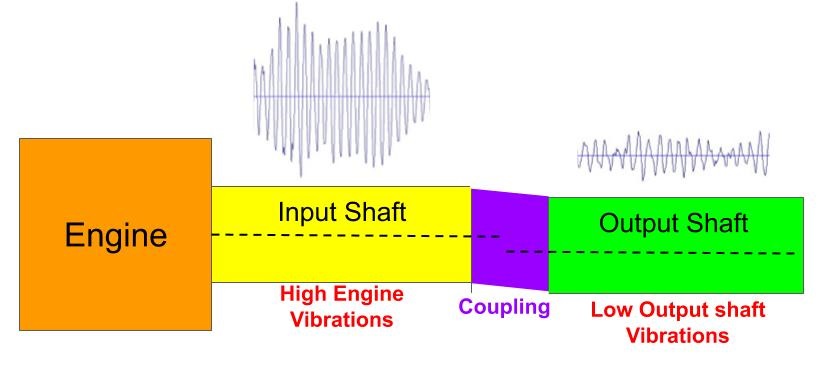
Reduction in the shock and vibrations acting on the engine or motor increases engine life. A good practice is to use coupling to reduce the transfer of vibrations from the input shaft to output and vice-versa because coupling joints are not rigid.
Types of Coupling
Following types of couplings are available in the market according to their construction and applications:
- Jaw Couplings
- Sleeve Coupling
- Flange Couplings
- Gear Couplings
- Magnetic Couplings
- Hooke’s Joint
Let’s discuss each of the above types of coupling in detail.
1. Jaw Coupling
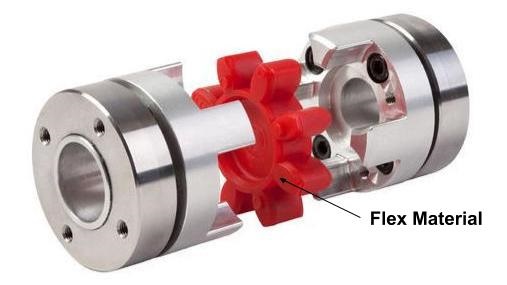
Jaw Coupling is a type of mechanical coupling that utilizes flex material such as Hytrel, NBR, Polyurethane to transmit torque, align the shaft, and damp vibrations between connected shafts. They are used to transfer a small amount of torque between connected shafts.
2. Sleeve Coupling
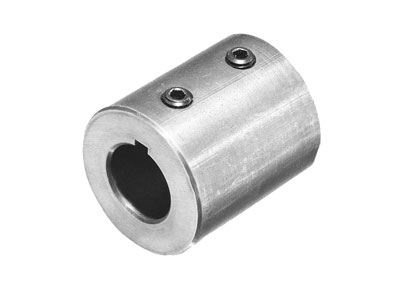
Sleeve coupling is a thick hollow cylinder with a provision to connect the driver and driven shaft. They are used to transmit small torque and can adjust small misalignment between shafts as well.
3. Flange Coupling
Flange coupling is similar to sleeve coupling but it has a flange around the sleeve.
4. Gear Coupling
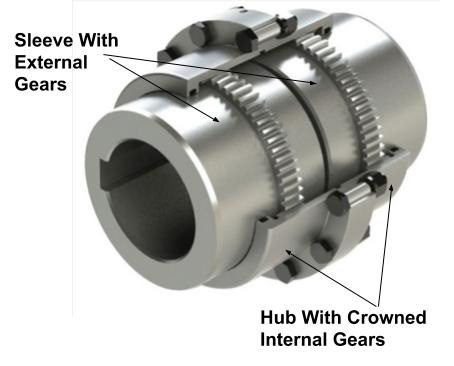
Gear coupling consists of two flanges/sleeves and two Hubs. Both Hubs have crowned external teeth, whereas both sleeves have internal teeth and bolted together. To ensure an equal amount of torque transfer and speed 1:1 gear ratio is maintained. A gear coupling is used to transfer very high torque and requires periodic lubrication.
5. Magnetic Coupling
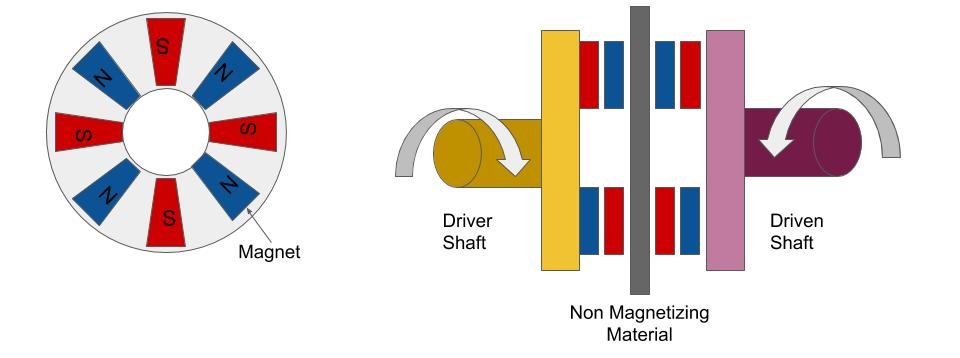
Magnetic Coupling utilizes magnetic fields to transfer motion or torque from one shaft to another without physical contact. This type of couplings has applications where we need hermetic sealing (centrifugal pumps, electromagnetic clutch, etc.)
6. Universal Coupling / Hooke's Joint
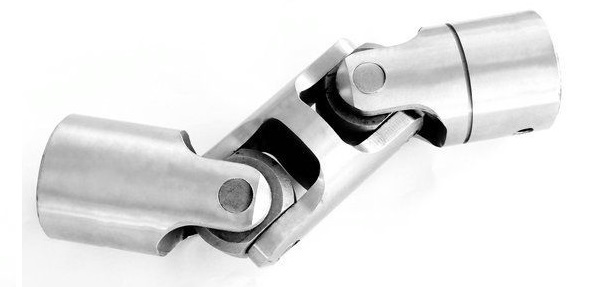
Hooke’s joints are used to connect rigid non-aligned shafts to transmit rotary motion. They are used to transmit high torque and can accommodate high misalignment between rigid shafts.
To sum up, Mechanical Couplings are used to join two rotating shafts. It has the advantage of protection against overloading, absorb misalignment, and shock.
We will keep adding more information on various types of couplings and their applications. Add your suggestions, comments, or questions on types of coupling and their applications in the comment box. We suggest you also read this article on various types of bearings.

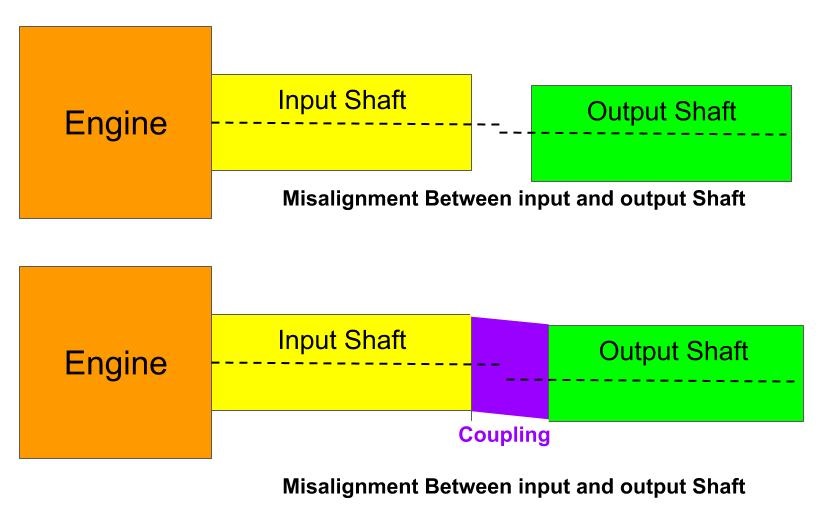
FYI. On your item 4 (gear coupling) you have the sleeve and hub identification backward. The hub has the external gears and is the part that is keyed to the shaft. The sleeves bring the two hub halves together via bolts to transmit the power.